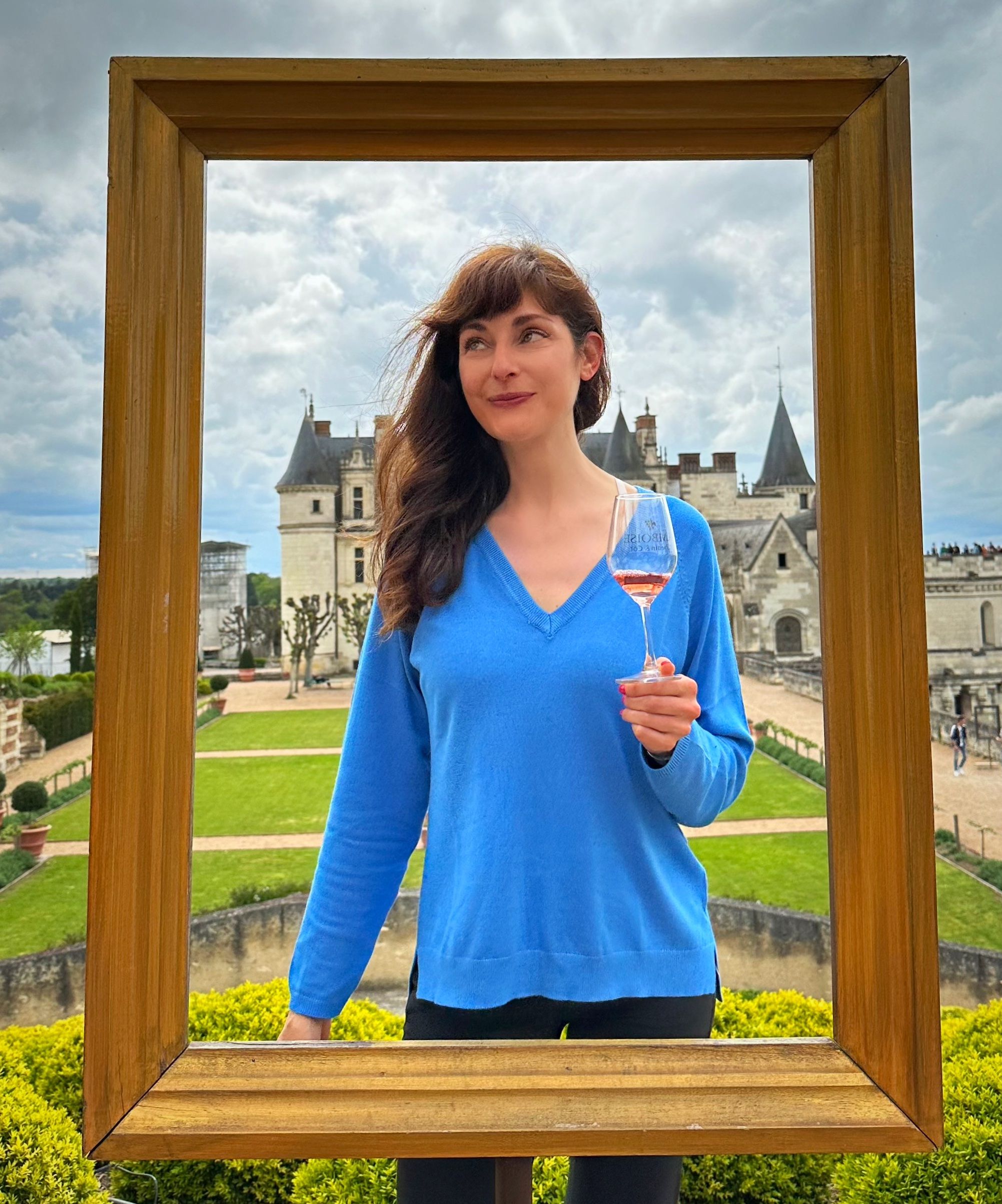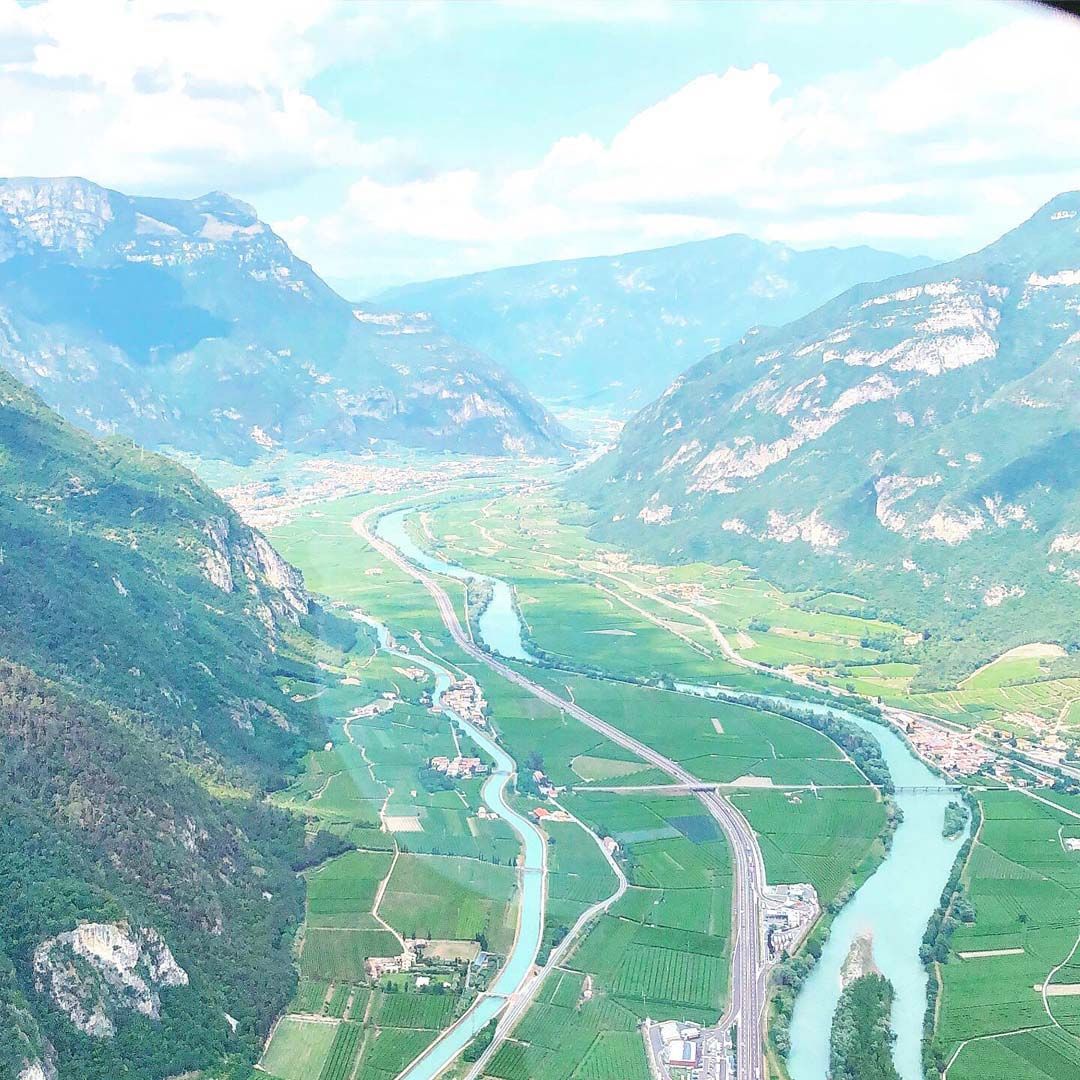
Albino Armani on a mission to rescue ancient grapes and preserve Vallagarina’s identity
What can push a wine maker to invest 30 years of genetic and viticulture research to rescue from extintion a bunch of old native grapes? Easy: the immense love for his land and the willing to preserve the identity of a border territory like Vallagarina (between Veneto and Trentino). Let’s dig into Albino Armani winery history.

Albino Armani winery
Since 1607, when Domenico Armani inherited the land which would later become Albino Armani winery from his father Simone, the winery has expanded to include upwards of 550 acres throughout the regions of Trentino Alto Adige, Veneto, and Friuli-Venezia Giulia. The Armani family’s history can be traced back 400 years in the hills of the Adige River Valley. By honoring and upholding the winemaking traditions of this region, the family has continued to revitalize some of the endangered Italian wine varietals.
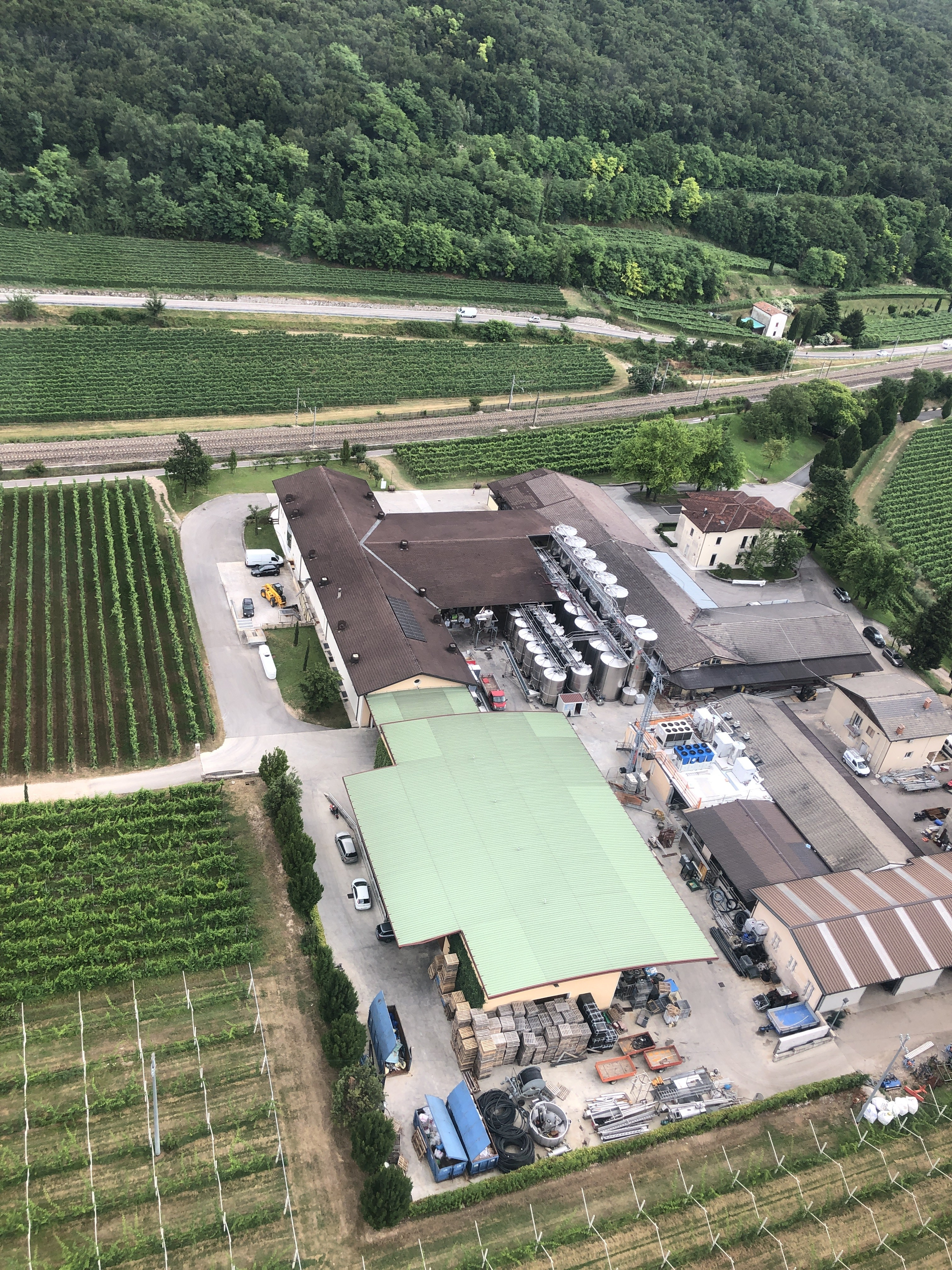
Albino Armani, the owner and winemaker of the Armani winery, has made concerted efforts to ensure that some of the Vallagarina’s indigenous, ancient grapes do not become disregarded figures of the past. In addition, the winery also emphasizes a focus on organic production and sustainable cultivation—one in which innovation supplements the distinctive traditions of the past.
Although the winery has since developed to include vineyards in other wine regions as well, it is in Dolcè (near Verona) where all Albino Armani wines are bottled. Since 1962 to the present day, the focal point of the Armani winery company has been Dolcè—due greatly to its central location that provides a physical link between their vineyards in the regions of Veneto and Trentino.
Here some aereal views during an amazing helicopter ride I had with Albino Armani, Simone Moro and Altitude Helicopters… Admiring the Vallagarina and the vineyards while sipping Armani Trento Doc has been a real treat for the soul!
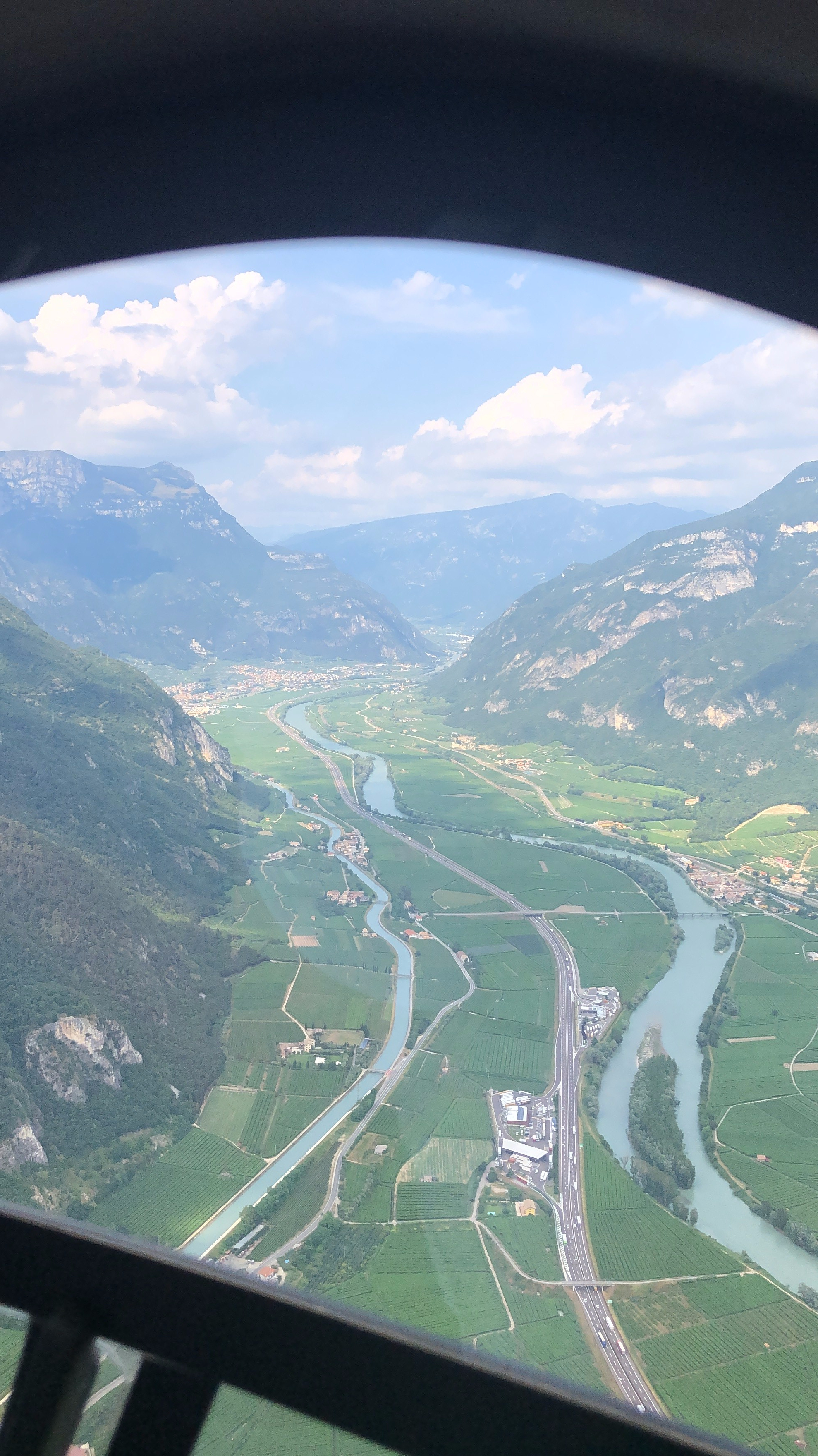
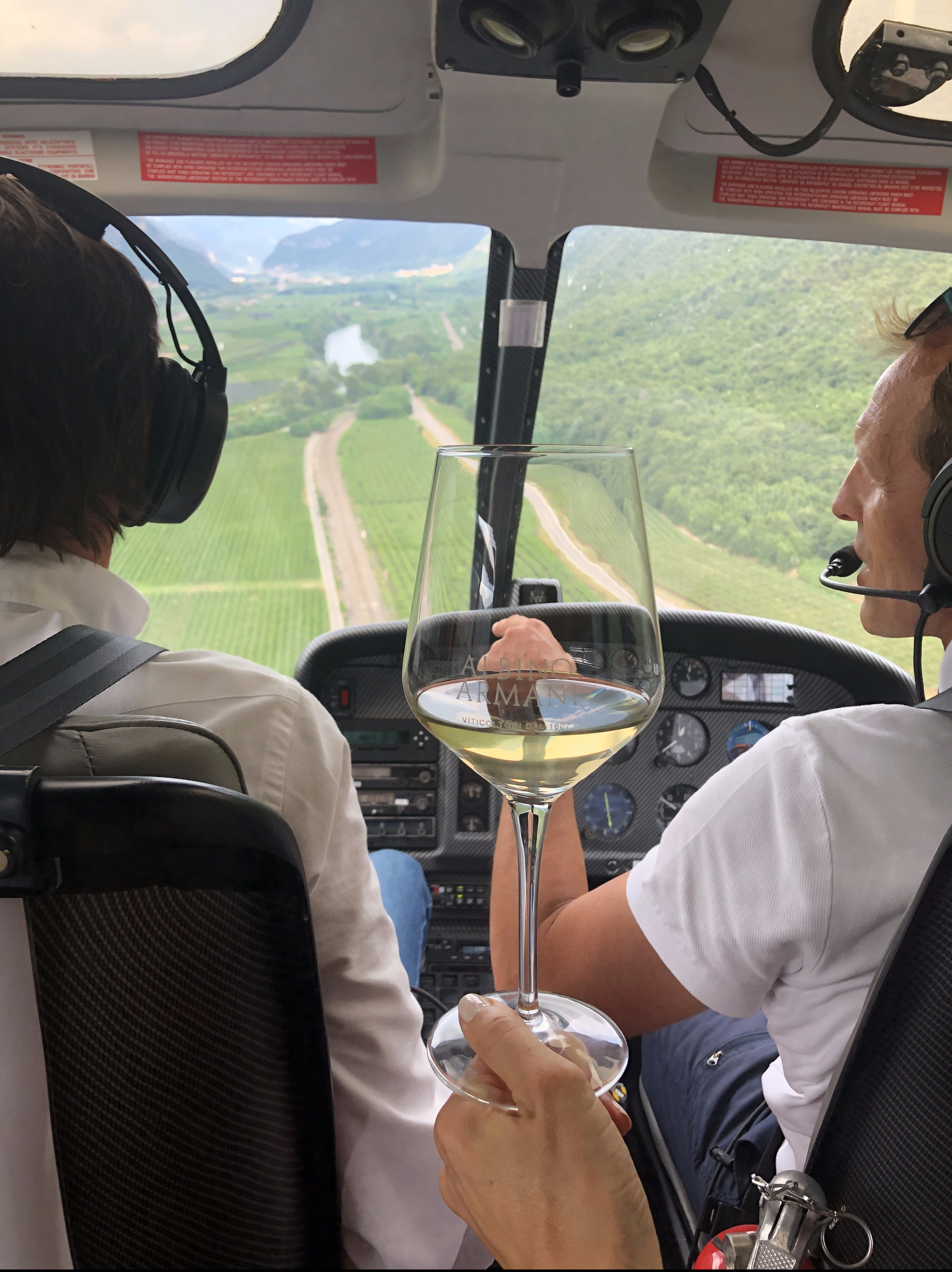
The Adige Valley wine region is largely delineated by a constant breeze and the mild Mediterranean climate of Lake Garda; therefore, the microclimate that thrives here also influences the ease by which the indigenous grapes are able to grow. The vines are grown in a porphyry, limestone-rich soil that elevates the expressions of the native grapes that the Armani family are reviving, including the significant Foja Tonda grapes.

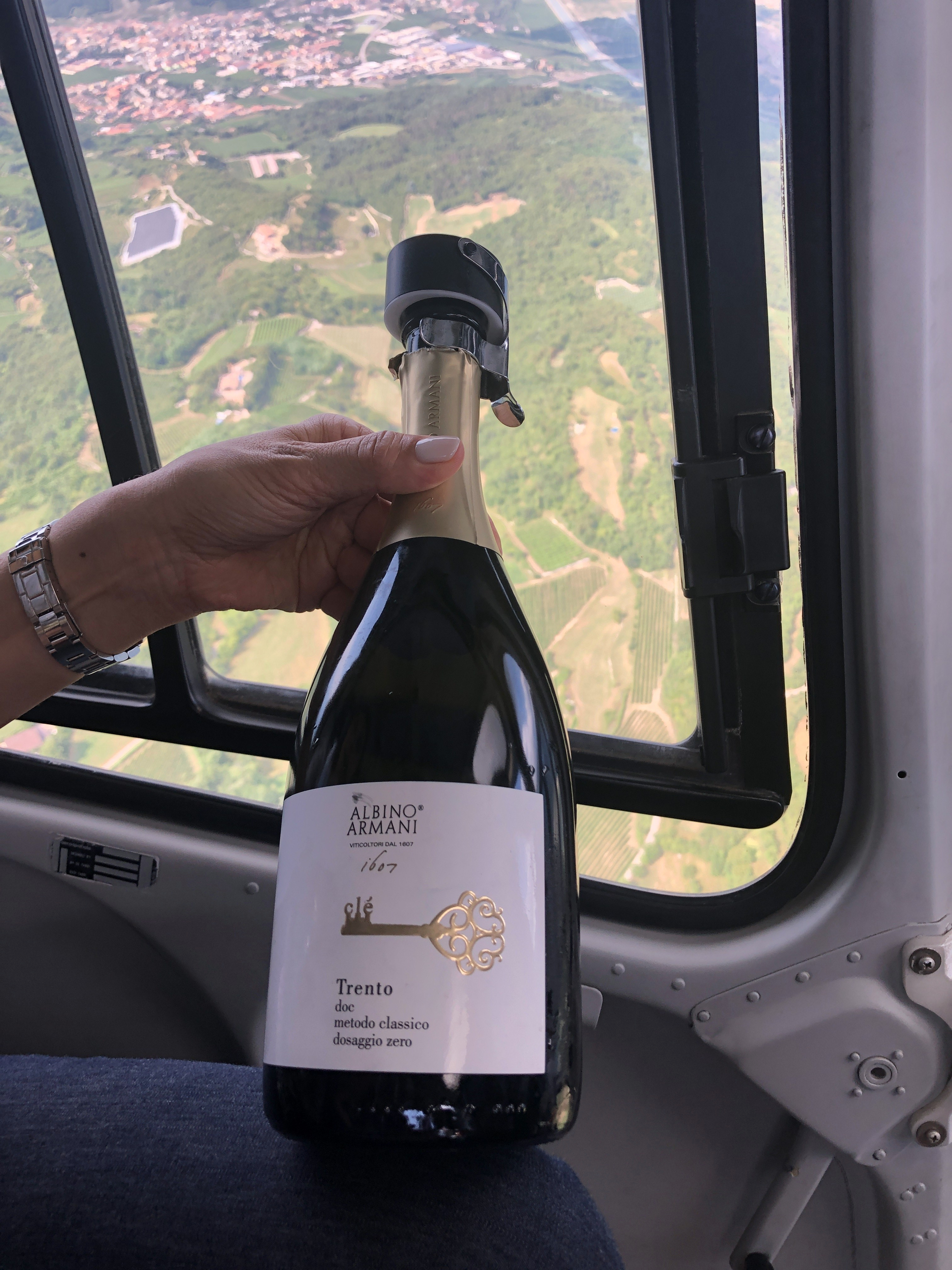
The elusive Foja Tonda grape
In the 1980s, Armani scouted the remaining plantings of an ancient red grape varietal called Foja Tonda (the local dialect name)—today called Casetta in the Italian National Registry—in numerous vineyards in the Adige Valley. He collected more than 200 different clones and biotypes and financed a 30 years long genetic and viticultural research to isolate the best, diseases resistant and purest clones. After he petitioned the Italian Government to re-establish this varietal for cultivation in 2002, Armani was able to expand the few vines it once had to 12 hectares of vineyards. Some of the vines were even planted on their original centenaries roots —thus, saving Foja Tonda from the fear of extinction. Additionally, it is important to note that the name “Foja Tonda,” meaning “round leaf,” is a trademarked phrase that is only permitted to be used by Albino Armani winery.
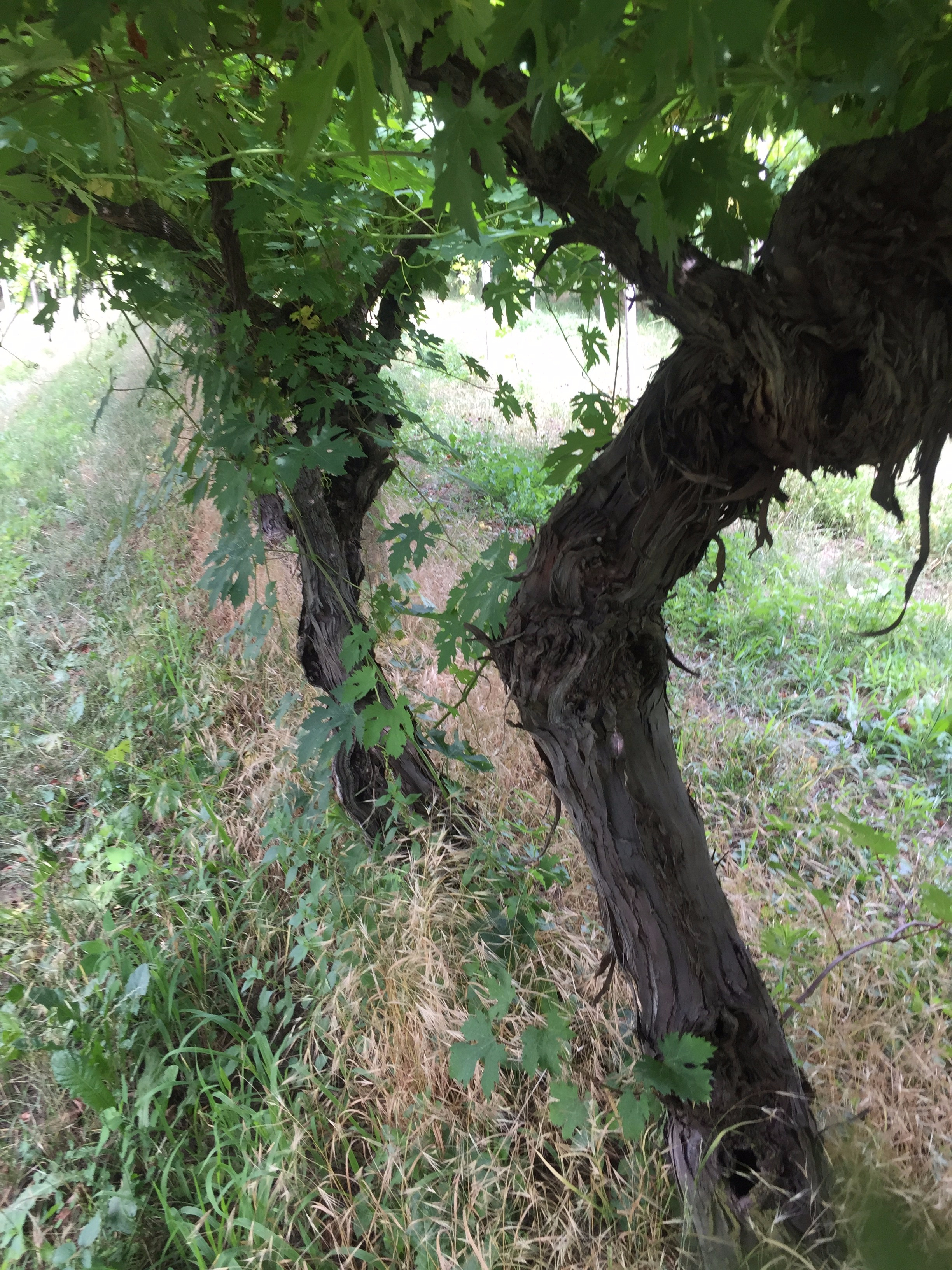
Foja Tonda, officially called Casetta DOC Terrradeiforti, is indigenous specifically to Vallagarina in the Adige Valley and is now recognized as a DOC, which means that it cannot be produced outside of the appellation’s Terradeiforti region. More precisely, Foja Tonda is grown around the towns of Dolcè, Ala, and Avio. Because the Armani family owns 90% of the vines planted in the Terradeiforti DOC area, this distinction is almost entirely reserved for the Armani family.
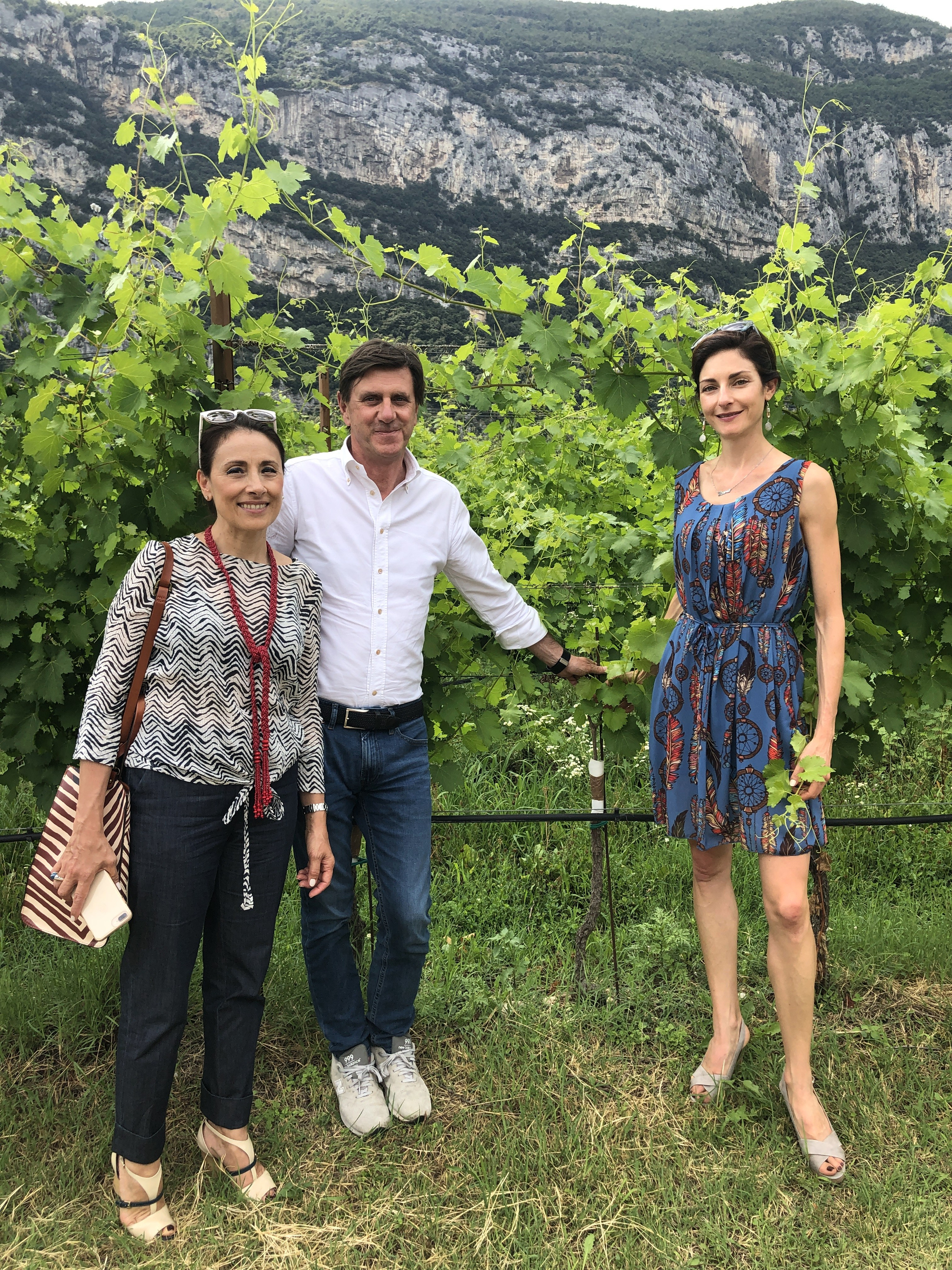
Foja Tonda is a unique wine, it’s a symbol of the Vallagarina territory, a symbol of Albino Armani’s battles to give dignity back to a border land (between Veneto and Trentino) that straggled to gain a reputation as a wine region. As a variety Foja Tonda is incredibly expressive: perfumed, spicy, not too tannic, not too sour, but with enough backbone to withstand ageing. During the wine tasting I was really impressed by the finesse of the Foja Tonda, nothing less than a Pinot Noir or a Nebbiolo, I got emotional while sipping the 2009 vintage, as you can see in the pictures below.
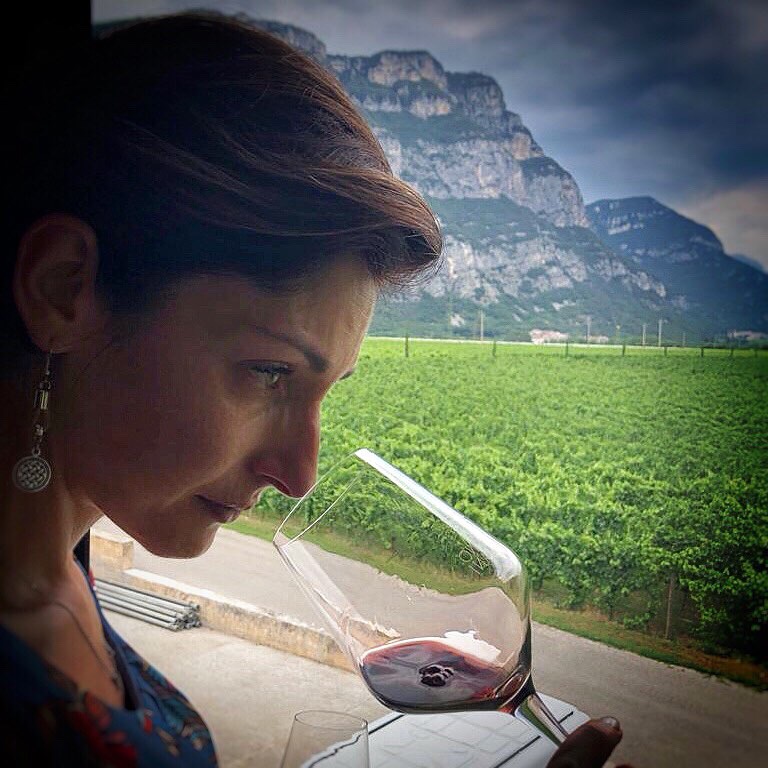
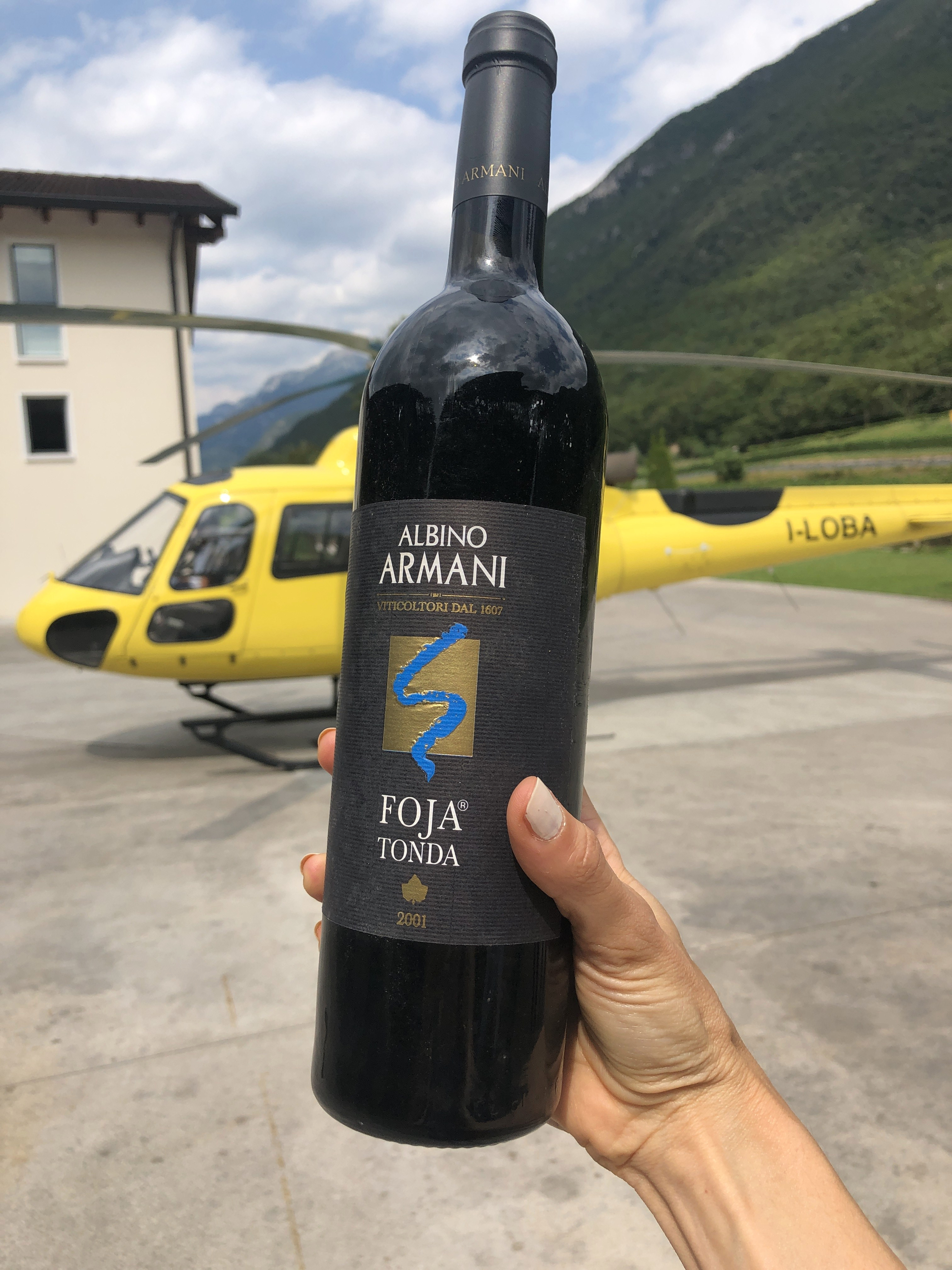

Another native variety Albino Armani focuses on is Nera de Baisi, it’s a fun light body red wine, intense and aromatic, it resembled to me a perfumed Lacrima di Morro or a Vespolina. Soft tannins, pleasant acidity and bright red fruits make it a perfect pairing for fatty fishes like salmon or white meat.
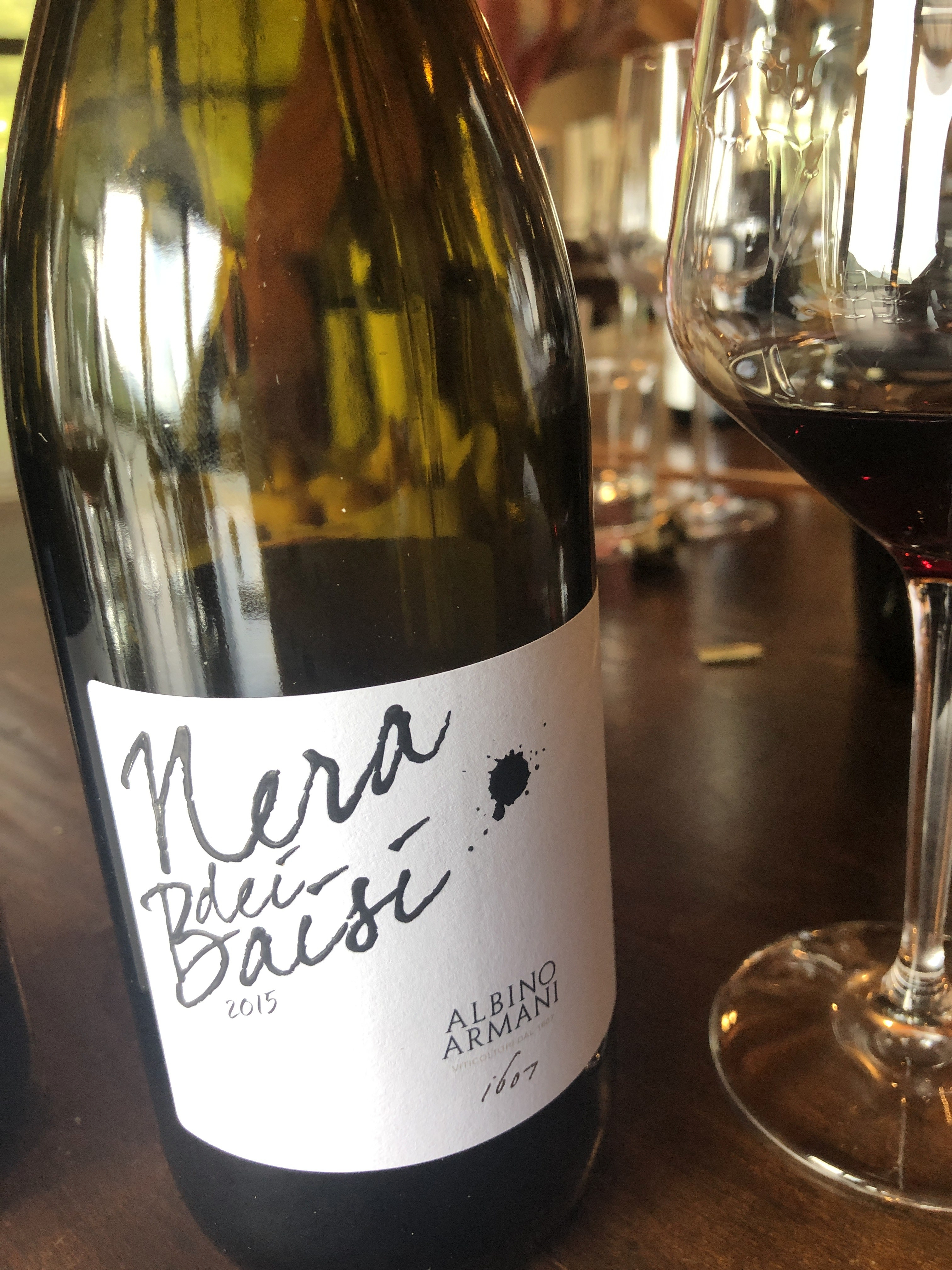
The Conservatoria and Istituto di San Michele all’Adige
In 2003, Albino Armani established the Conservatoria, a small-scale experimental vineyard at Dolcè. Here, he has planted various indigenous grape varietals that are in jeopardy of extinction. Because of his productive work with the Istituto di San Michele all’Adige and Tiziano Tomasi (the winemaker and owner of the Cadalora estate), Armani has successfully recovered the ancient Casetta grape from being endangered. Today, in continued collaboration with the Istituto di San Michele all’Adige, the Armani winery performs several microvinification tests in order to better understand the native vines and see how these grapes can once again be restored to their former prominence. .

The Istituto San Michele all’Adige is one of the most prestigious European institute of research in Viticulture. The institute is home of Italy’s most extensive ampelographic collection of grape specimens including both indigenous Italian varieties as well as grapes varieties from around the world. The academy conduct wide scale research into various areas of interest to Italian viticulture and winemaking including cataloging the DNA profile and genomic of grape varieties, studying the analysis of wine aromas and flavors as well the role of phenolic compounds in wine.
Together with Albino Armani, since 2002 they rescued from extinction 25 native varieties of Trentino, 10 of which are today back on the National Registry of native varieties of Italy. Casetta is one of them, and it is the most widely produced, even if we are talking about small numbers (12 hectares is the total national planting of this variety).
At this link you can find the Albino Armani wine production
And here the link to the Foja Tonda wine exported in the U.S.
This short video shows part of the marvellous experience I had visiting with Albino the vineyards, the viticulture institute and the winery…
